Design elements for school grounds: ideas to inspire
This resource provides ideas for those seeking to develop their school grounds, and shares creative inspiration for outdoor spaces.
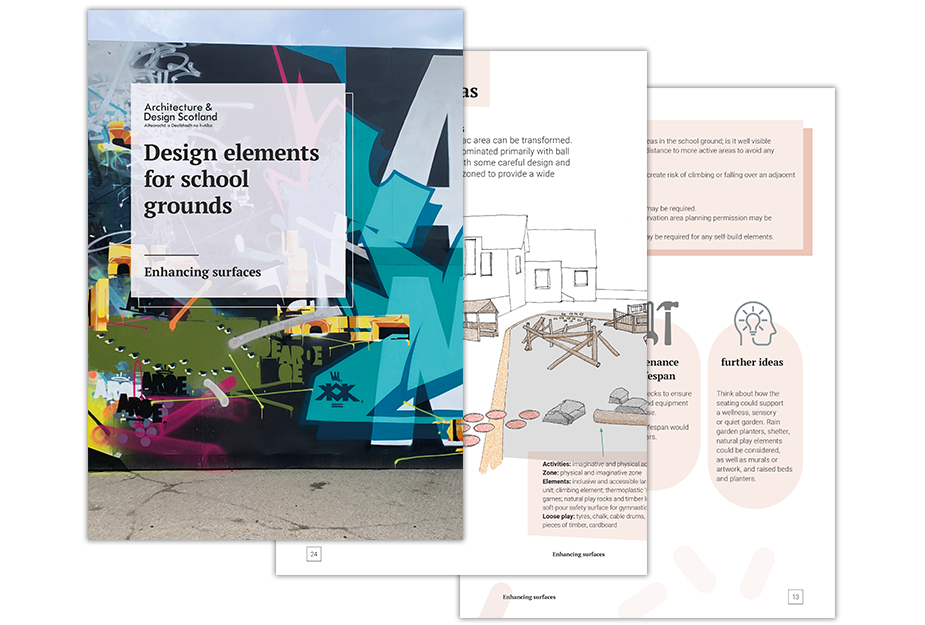
Introduction
We know there are many benefits of using school grounds for play, learning and wellbeing. Consequently, many schools are looking to improve and better utilise their school grounds to support a broad range of curricular and non-curricular activities.
Architecture and Design Scotland has worked with schools across Scotland to explore design opportunities in outdoor spaces. Bringing together our experience of working with schools and landscape architects, we have identified a number of creative ways to develop school grounds. These range from small scale food growing projects and rain gardens, to larger scale play structures and shelters.
This resource shares a wide range of inspirational examples for developing your spaces, and helps suggest what steps you may want to take in planning your project.
Resource sections
- About this resource
- Inspiration for designing your school grounds: six downloadable resources
- Key considerations: how to develop your design
- Additional resources
Please note: Right-click on links to open in a separate window
About this resource
This resource is aimed at those working in schools, local authorities, or the wider school community who wish to improve their school grounds. It provides inspirational ideas for a wide range of outdoor spaces which are relevant to all schools. It also sets out some key considerations for how to start planning, designing and developing a project from inception to implementation.
Whilst many of the ideas shared can be picked up as individual projects, we suggest that to maximise benefits and opportunities, school grounds should be viewed as a whole.
There are two main sections:
- A suite of six downloadable resources which share inspiring ideas, key design considerations and practicalities. The six resources cover:
- Planting and gardens
- Play and outdoor learning
- Enhancing surfaces
- Furniture and shelter
- Food growing
- Rain gardens
- A list of key considerations for planning your project. This includes how to develop your approach, consider climate issues, zone the space, and more.
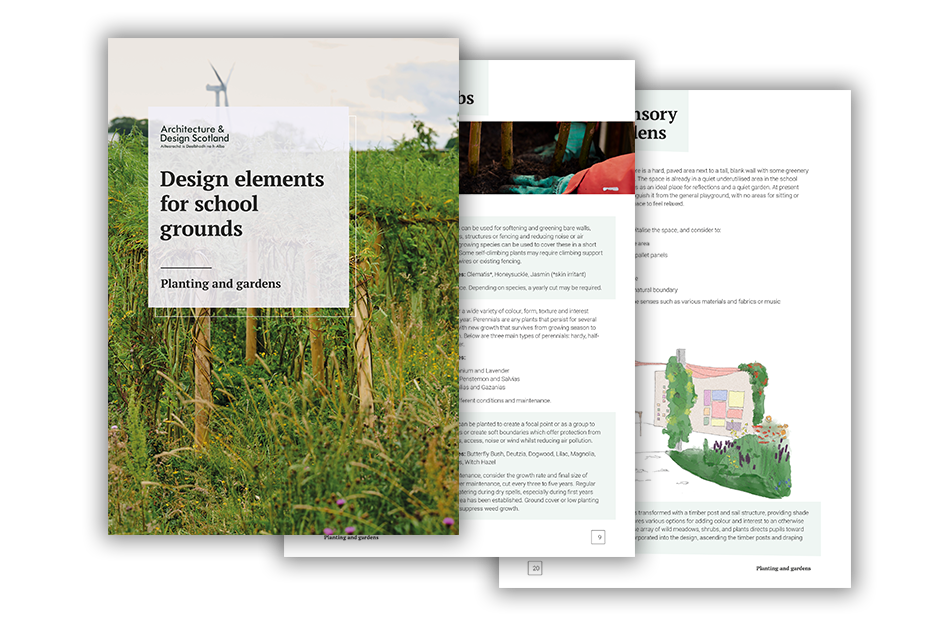
Inspiration for designing your school grounds
In the sections below you can find six downloadable resources looking at different design elements within school grounds. They offer ideas for individual projects, which can stand alone or fit with a wider plan for change.
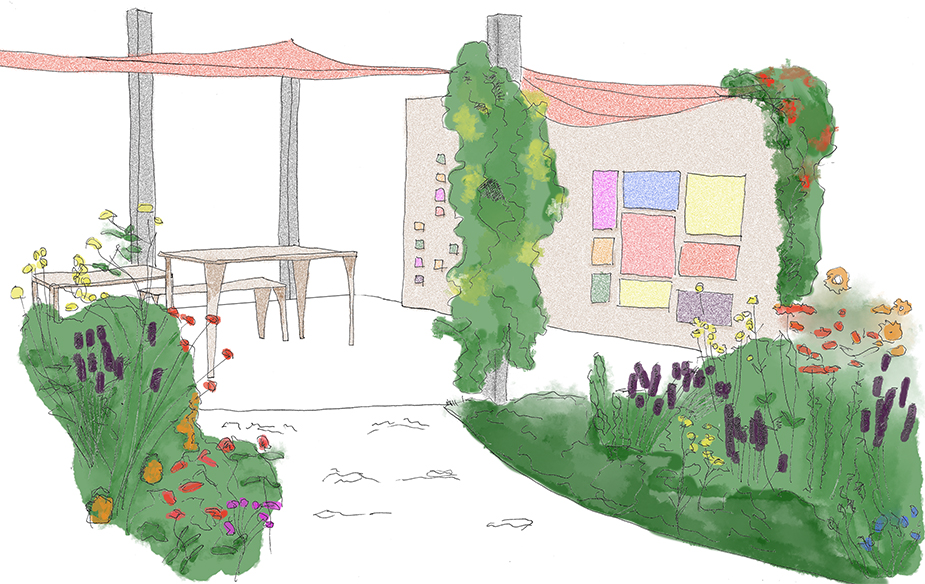
Planting within school grounds can transform them into vibrant, natural environments that enrich the experiences of pupils, teachers, and the community. To maximise the potential, careful planning is essential. Consider diverse plant species, seasonal changes, and the intended use of the space.
Download this resource to find practical ideas and inspiration – from basic planting tips, to creating willow structures, wellness gardens, and sensory spaces. The resource also suggests how to attract wildlife through bird, bat boxes, and insect hotels.
Image credited to Urban Pioneers
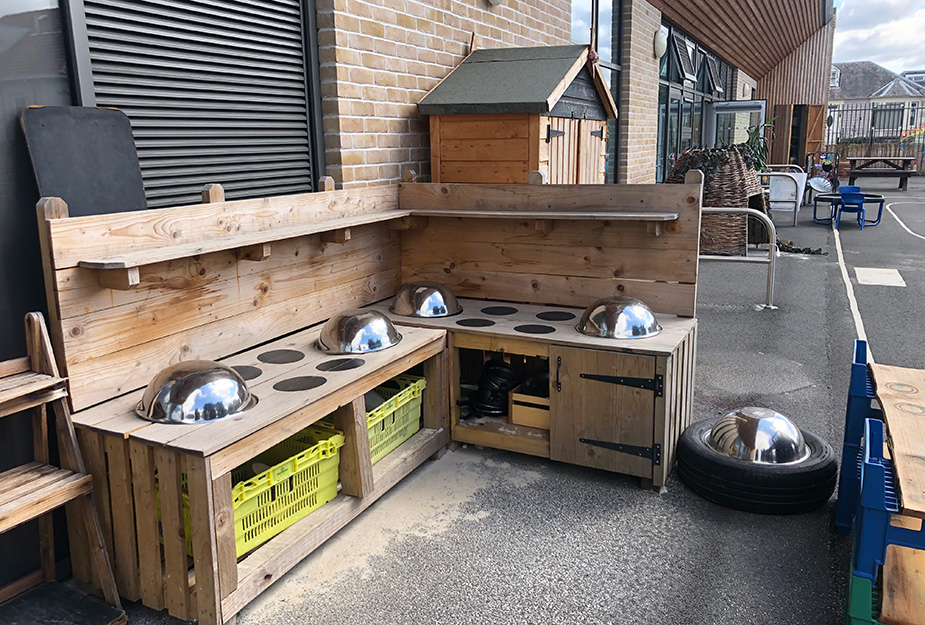
Opportunities for play and outdoor learning contribute significantly to children's health, wellbeing and overall development. From increased physical activity and being able to navigate risk, to developing social interactions with peers and encouraging creative and imaginative thinking, school grounds are a vital part of the learning environment for children.
Download this resource to explore a range of ideas for how to design engaging play and learning outdoor spaces in your school grounds.
Image credited to Urban Pioneers
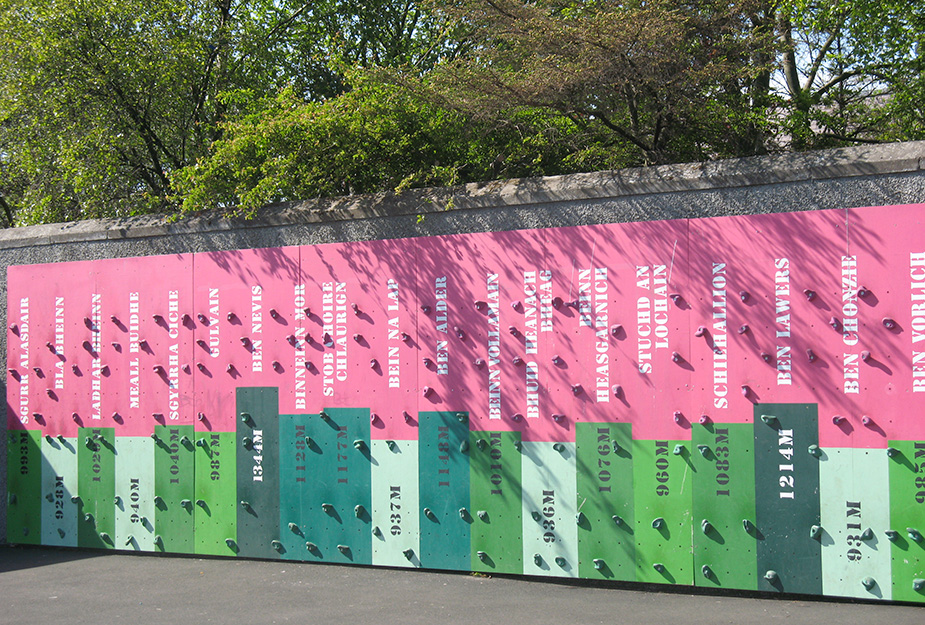
Surfaces, walls or boundaries can offer unexpected potential to create different experiences within the school grounds. They can be used to support diverse activities for smaller groups of pupils, create a welcoming atmosphere or bring more colour into the school grounds.
Download this resource to access ideas and inspiration to enhance surfaces around your school – from creating murals to revitalising tarmac areas.
Image credited to Urban Pioneers
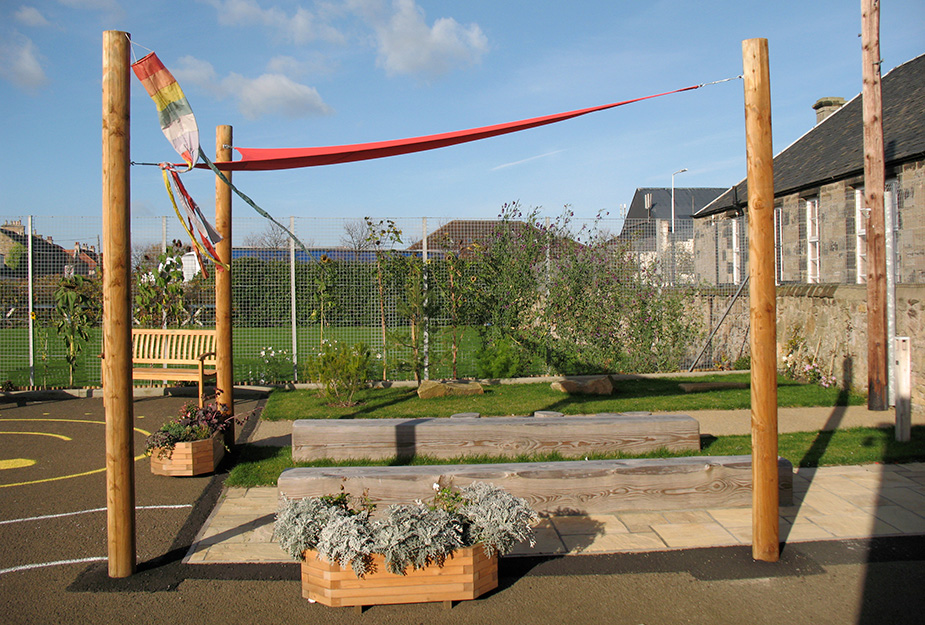
Outdoor furniture is an essential element for creating welcoming and inclusive school grounds. Seating and shelter can help enhance learning, social interaction and wellbeing by offering a variety of spaces. These also provide protection from the weather, which helps to extend the usability of outdoor areas year-round.
Download this resource to plan and make the best use of your school's outdoor spaces – from a range of different seating solutions to bespoke or self-built shelters.
Image credited to Urban Pioneers
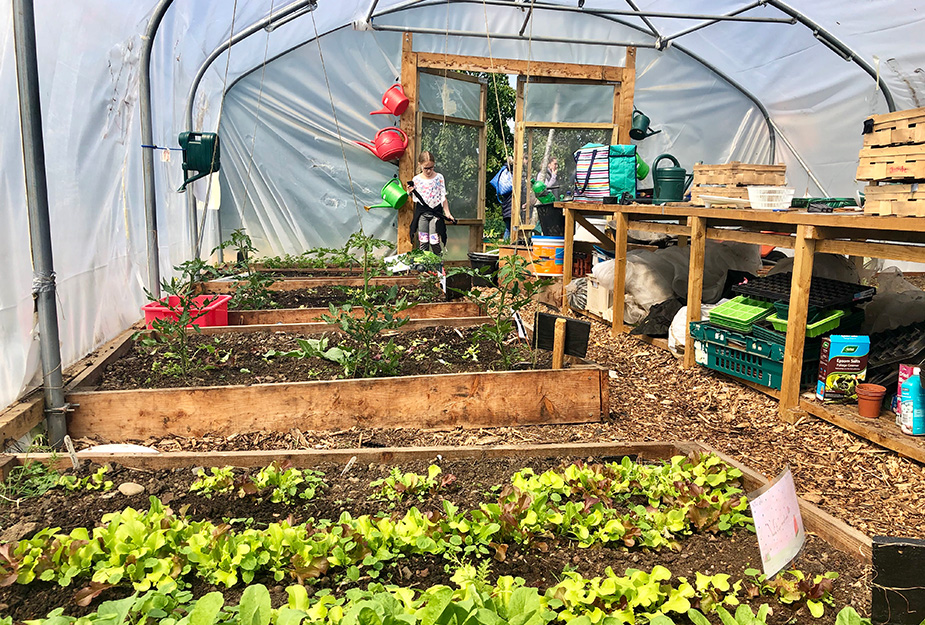
Cultivating food can be a powerful educational experience, which teaches pupils about where food comes from and how it is grown. Beyond the classroom, it can offer a vibrant community space where pupils and wider interest groups can share knowledge and foster a shared passion for growing.
Whether you envisage small, accessible beds or expansive raised gardens and greenhouses, you can download this resource to access practical tips and inspiration for establishing food-growing areas.
Image credited to Wester Hailes Growing Communities
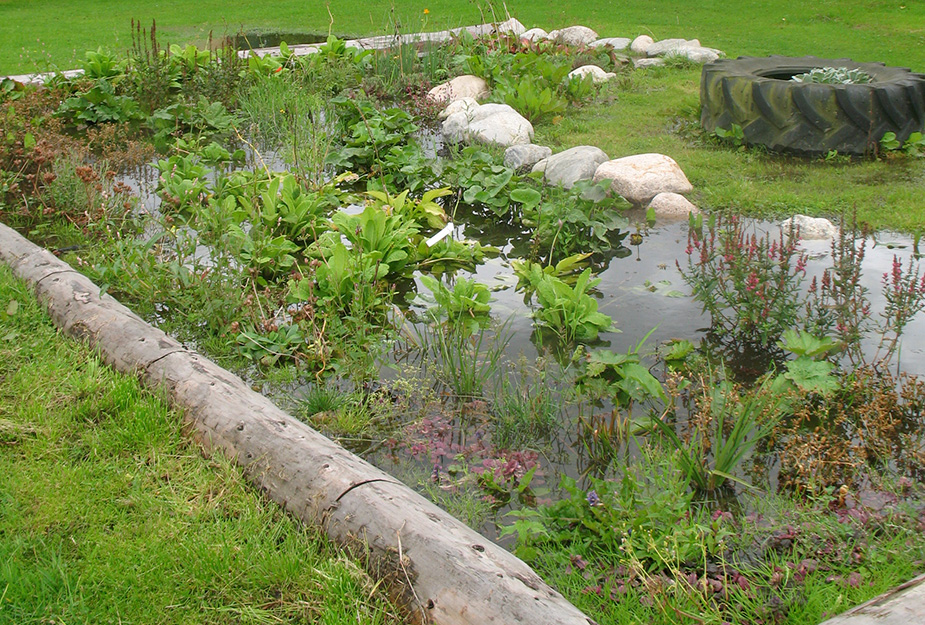
Rain gardens, also known as Sustainable Drainage Systems (SuDS), offer a natural way to slow down and filter rainwater runoff. This helps to prevent excess water from overwhelming sewers and polluting our rivers. These gardens can be designed to create green, fun and educational play spaces, and can get pupils and teachers thinking about rainwater, wildlife and nature.
Download this resource to find practical tips and design ideas to create these valuable green spaces in your school grounds.
Image credited to Urban Pioneers
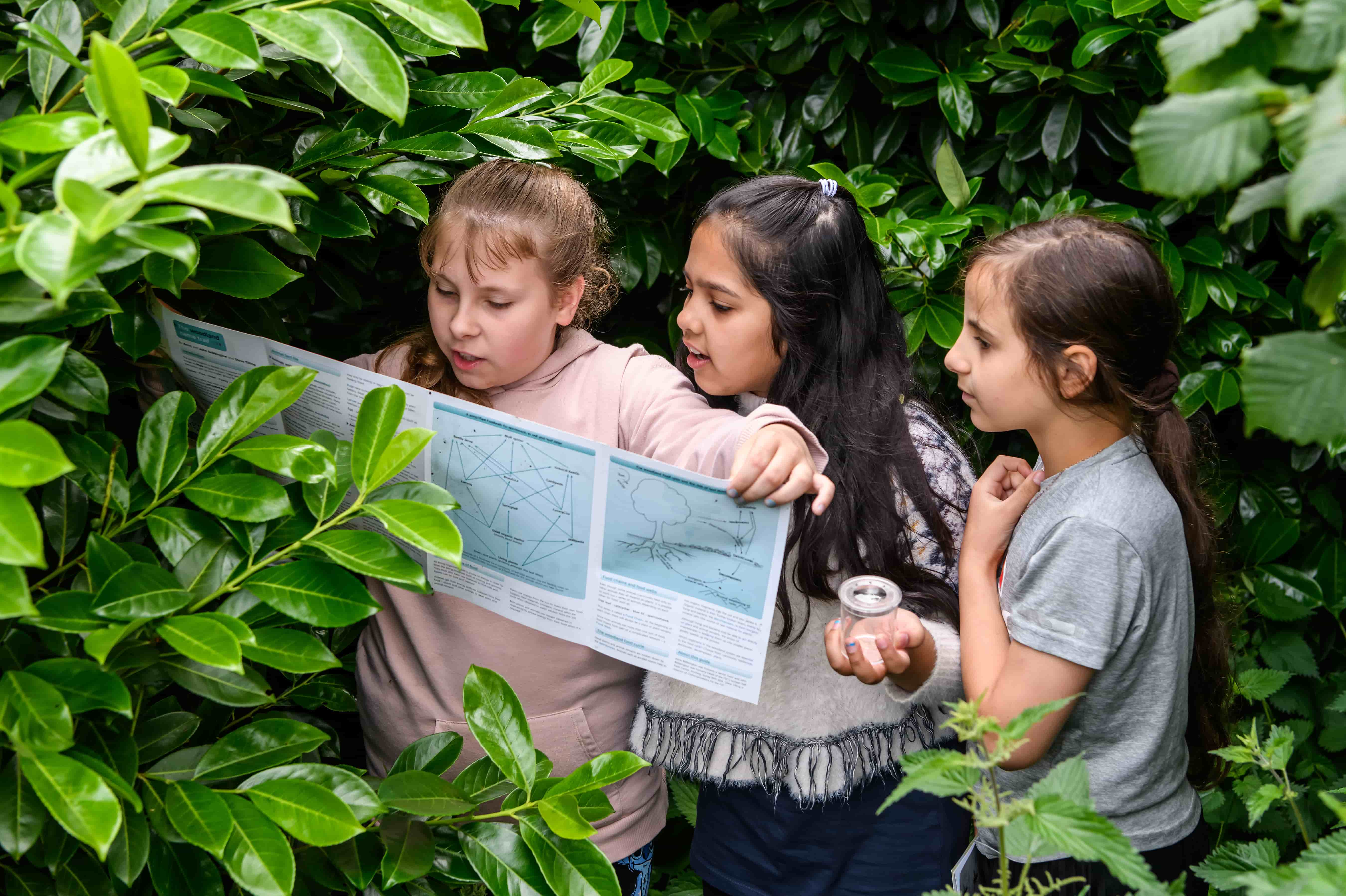
Key considerations: how to develop your design
It can be hard to know where to start when thinking about designing your school grounds. Breaking it down into manageable steps can help. Below are some ideas for what you can do.
When planning changes to your outdoor learning and play spaces, a design brief can help to set out your aims and priorities. A briefing document acts as a roadmap – it clearly defines what you want to achieve, gives you something to refer back to, and helps to ensure everyone is on the same page. It is also helpful for communicating your vision and expectations to designers, should you decide to hire one.
Building your plan or brief includes:
- Defining your aims and priorities: clearly articulate what you want to achieve in the space. It is useful to think of your aims and priorities before thinking about the space itself, so that the outcome reflects what you want to achieve.
- Developing an identity for your project: think about what makes your school distinctive and unique. Pupils can help with this, and may give a focus for the project.
- Considerations for accessibility and inclusion: set out the ways in which you need your school grounds to be accessible for pupils with additional needs and requirements. You should also think about how to provide play and learning opportunities that are inclusive for everyone, independent of their abilities, needs or gender.
- Gathering feedback: work with teachers, pupils and the wider school community to understand their needs and preferences to ensure different forms of activities and play areas can be incorporated. Surveys or meetings can be a way to do this.
- Conducting a site assessment: explore your school grounds to identify existing resources, limitations, and potential opportunities. This can also be a good exercise to do with children – ask them to identify what they like or dislike about the existing spaces.
- Getting creative, and explore which activities can be accommodated in different zones within the school grounds (see "creating zones for different activity and play" below)
- Thinking about deliverability: Does your project need to be broken down into distinct phases, due to time or financial constraints? Which elements can be easy wins to get quick impact and help build momentum? Which may take longer to implement? Do you have a team in place which will drive the project forward and help build connections with the local authority and partners?
- Think about communication: it is useful to keep everyone well informed throughout the project. Getting feedback on initial plans, sharing progress, and providing updates all help to build consensus and keep momentum.
See links below for more information on working with staff and pupils, and ideas about designing for outdoor learning.
Engaging a designer or landscape architect can really enhance your project, both by injecting ideas and inspiration, but also bringing together all your priorities into a single plan.
By working with a landscape architect you should receive a comprehensive design proposal, which considers the necessary site assessments and provides outline costings. You can ask for this to be broken down into phases which can be implemented over time (it is worth establishing your needs and expectations at the start of your engagement with any professional). Their expertise can reveal possibilities, whilst also identifying limitations related to factors like orientation, drainage, and soil.
Crucially, landscape architects can help to navigate complex risk assessments and regulatory requirements, ensuring a safe and compliant design. Some designers are also highly experienced in designing accessible and inclusive school grounds, and can provide advice on physical and sensory considerations.
A feasibility study, costed plan and site assessments will support any funding applications, whether from charities, local businesses or local authority funding streams. These can help demonstrate confidence that the project has been fully planned and budgeted, and is ready to progress.
Having commitment from the school leadership as well as the wider school community is essential to moving this forward. An initial budget will be required to cover the costs associated with engaging a designer, but the dividends can be great, as outlined above.
School grounds can foster a wide range of activities, which allows pupils to direct their play, encourages creativity and provides open-ended exploration. When considering the aims and priorities of your project, it can be useful to link the activities you want to nurture with different zones in the space.
Below are some examples of activities you may wish to consider, followed by spaces or zones which may incorporate them. When doing initial site investigations, identify where your chosen activities and zones are best located.
Activities:
- Construction play (building structures, play elements or wheeling toys)
- Sensory activities (spaces to create and listen to different sounds, or collect and observe different colours)
- Imaginative and fantasy activities (inventing games, treasure hunts, or building different settings or worlds)
- Nature activities (activities in natural spaces or with natural materials)
- Physical activities (climbing, balancing, bouncing, active games, and obstacle courses)
- Wheeling activities (riding scooters, tricycles, skateboards and buggies)
- Performance play (dressing up, making costumes, buildings scenes or stage sets)
- Quiet activities (reading, being in small groups, observing)
- Curricular related activities: art (collecting materials, rubbings), maths (counting, measuring), music (making outdoor music) and science (food growing, animal identification)
Examples of different activity zones:
- shelter and seating
- chill or quiet
- construction
- performance
- music
- arts and crafts
- wheeling
- physical activity
- sensory
- nature
- water, mud, sand play
To further enhance the activities, consider the use of loose play parts for each zone.
For more information and examples, check out the resource below.
There are ways to create a school environment that is not only responsive to the potential impacts of climate change, but that finds ways to reduce them. Some of these improvements include:
- managing heat, cold and wind stress
- managing surface water
- increasing biodiversity and habitats
- improving air quality
- strengthening community
To learn more about how your school can adapt to a changing climate, explore our Climate Ready School Grounds resource here or click on links below.
It is important to consider the technical and safety requirements for any developments in your school grounds. A designer or landscape architect can help navigate the technical aspects as required. For further advice, speak with the relevant local authority department.
Here are a few things to consider:
- Where are the existing fire access routes and muster points that need to be retained?
- Where are existing underground or above ground utilities?
- What are the insurance requirements for any installations?
- What are the Health and Safety and Construction requirements? Your local authority can give advice on adhering to the regulations. More information can be found here.
- Do you need a planning application, building warrant or listed building consent? Your local authority can provide guidance on this.
- Do you require a Risk Benefit Assessment for the proposed improvements? Your local authority can advise if this is required. More information can be found here.
- Have you considered the ongoing maintenance of any equipment? A maintenance schedule can be helpful. Establish which elements and improvements your local authority will maintain and replace.
- What are the procurement and implementation requirements? Establish if there is a specific process or supplier list for contracting play manufacturers, installers or contractors.
- Do you have a procedure and formal sign off once elements have been installed, for liability and insurance requirements?
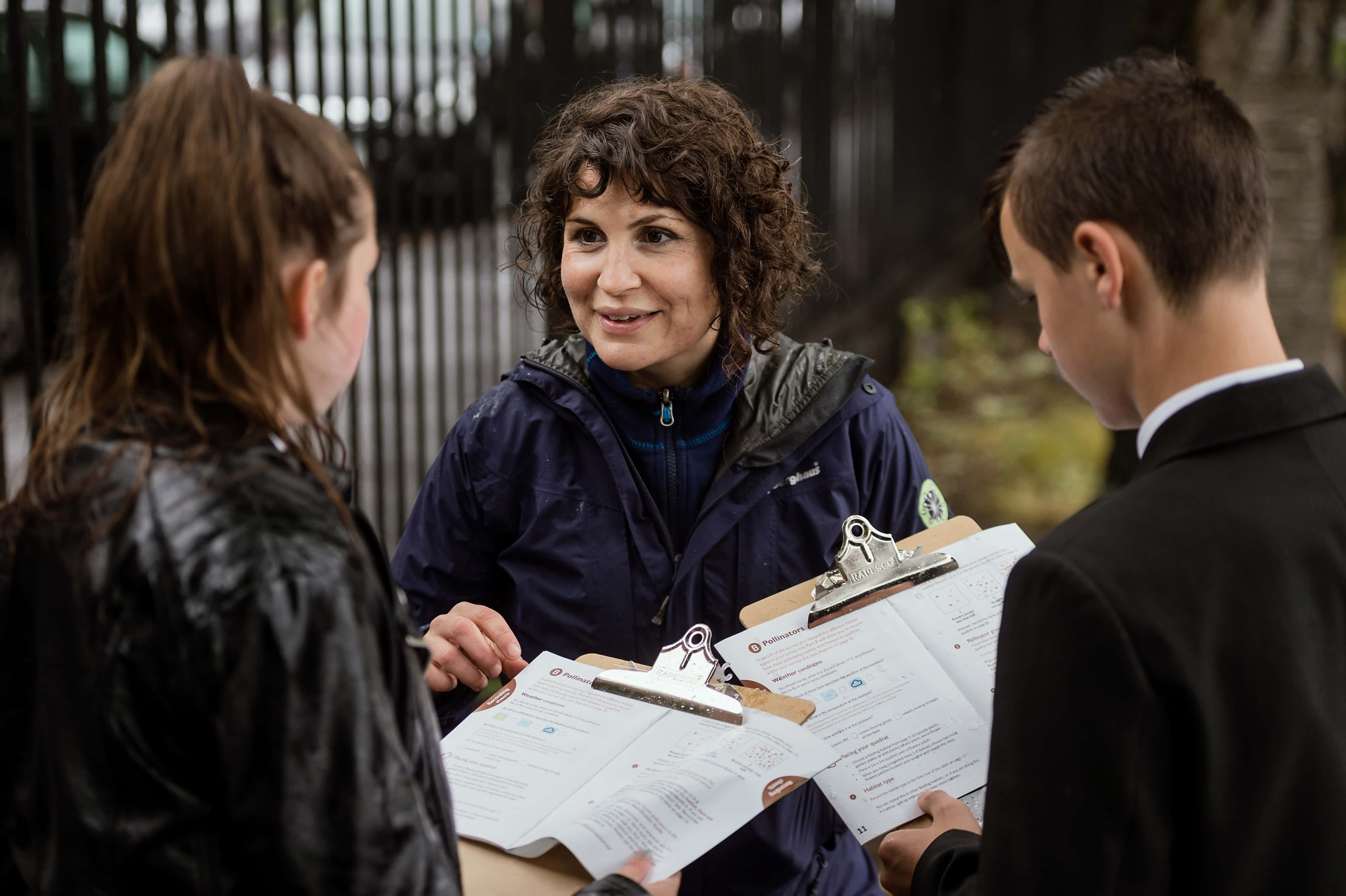
Additional resources
For more information on designing outdoor spaces for play and learning, we have gathered a selection of helpful resources for your project, in addition to the links within the resource PDFs.
A guide to participation: placing learners at the heart of decision-making
Outdoor learning: the extended classroom: looking at ways of using the outdoors for learning
Climate Ready School Grounds: information for designers, landscape architects or local authority professionals
Learning through Landscapes: ideas for teachers and educational professionals seeking to create climate ready school grounds
Outdoor Play and Learning (OPAL): a resource sharing opportunities for outdoor play and learning
Play Scotland: support for how to manage risk
Health and Safety Executive: guidance on construction requirements
